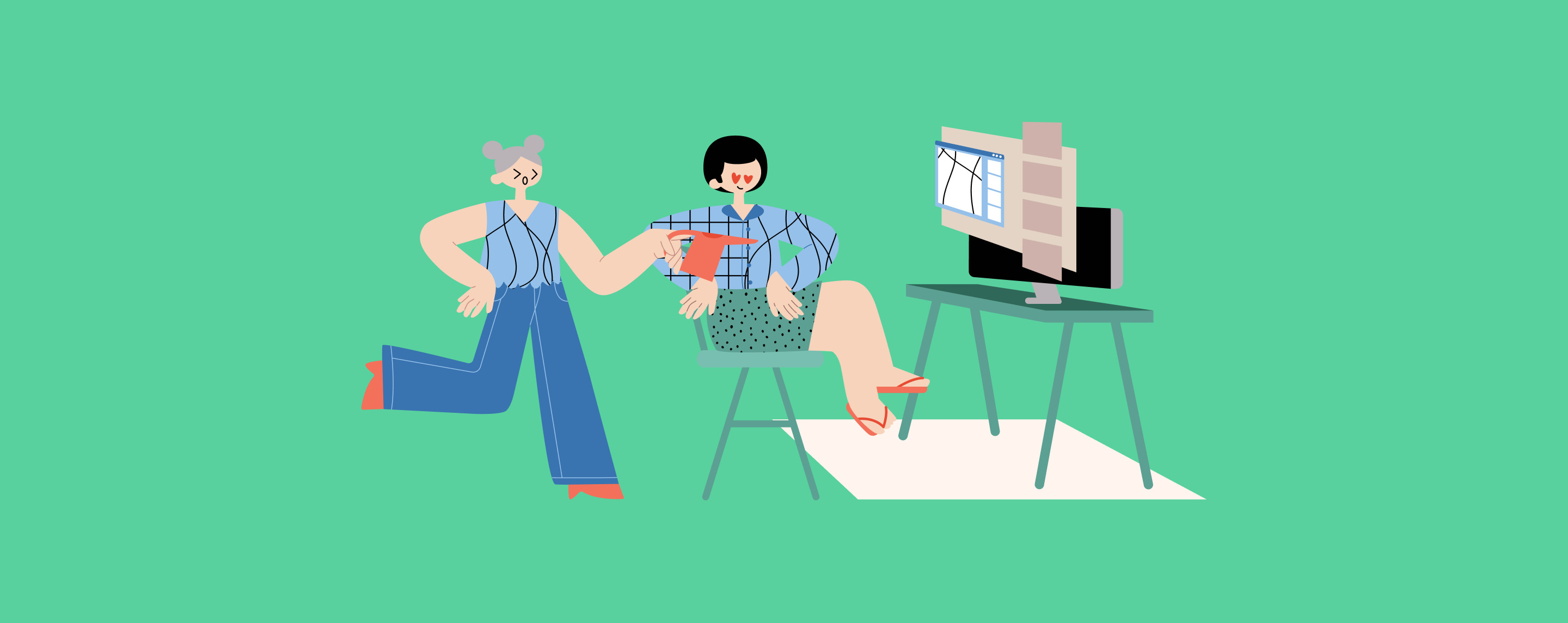Are EIDL Loans Forgivable? Rules and Guidelines

Share this article:
Editor’s note: Lantern by SoFi seeks to provide content that is objective, independent and accurate. Writers are separate from our business operation and do not receive direct compensation from advertisers or partners. Read more about our Editorial Guidelines and How We Make Money.
What Loans Are Available?
Which Loans Are Forgivable?
EIDL Loan Forgiveness Rules
Be in a low-income community Have had more than 30% reduction in revenue because of COVID-19 Have 300 or fewer employees
Supplemental targeted advance
Be in a low-income community Had experienced more than a 50% reduction in revenue because of COVID-19 Have 10 or fewer employees
How Much of the EIDL Loan Was Forgivable?
The Takeaway
Frequently Asked Questions
LCSB1223016
About the Author
Su Guillory is a freelance business writer and expat coach. She’s written several business books and has been published on sites including Forbes, AllBusiness, and SoFi. She writes about business and personal credit, financial strategies, loans, and credit cards.
Share this article: